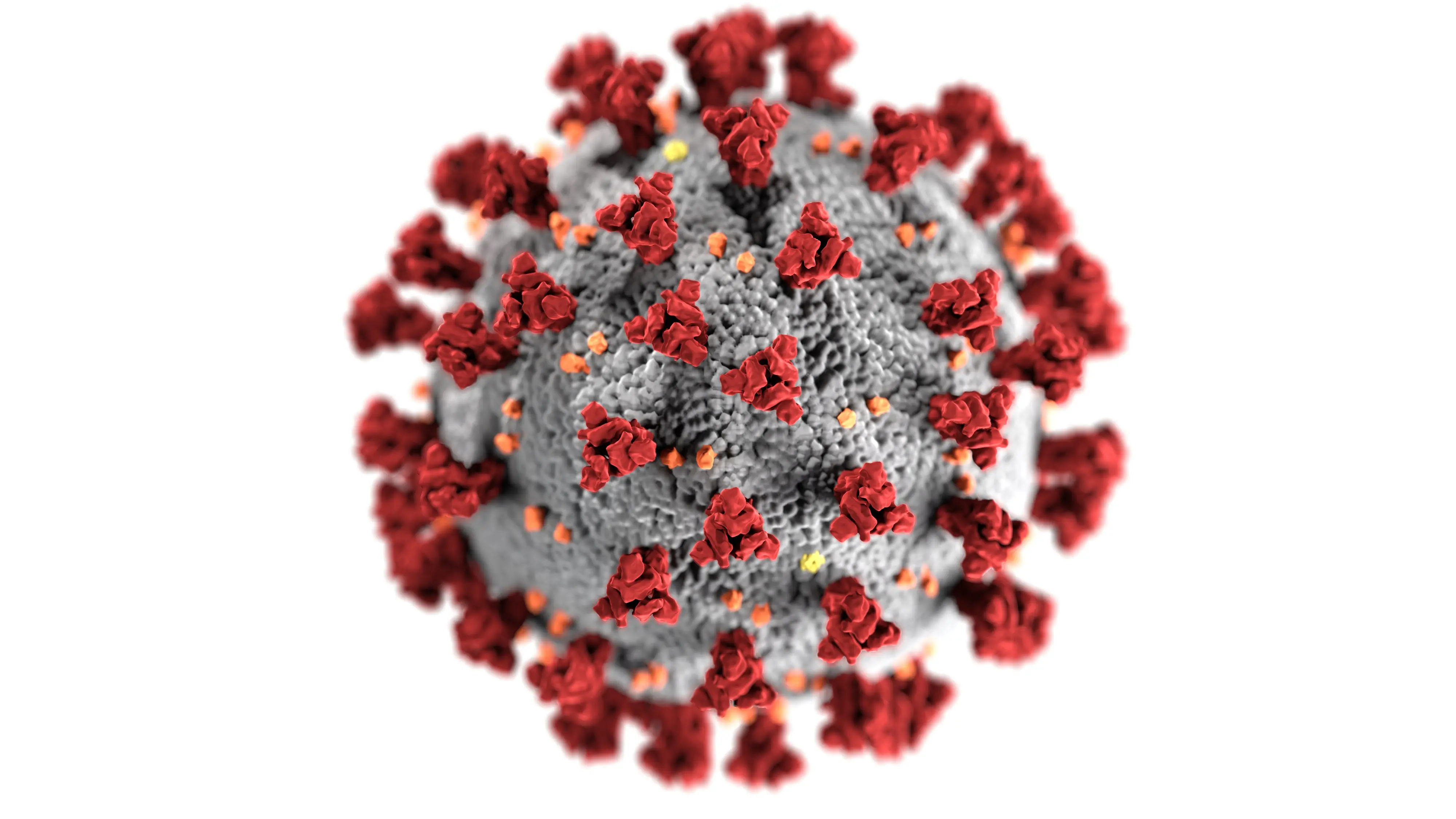As the government and health system strives to contain the current pandemic, some underlying health conditions can be used to help them plan how to manage such future pandemics and health situations. Psychological issues and terminal illness form a better background that the government can use now to manage future pandemics. The pandemic has caused psychological challenges for many people who are either infected or affected by the infections (L, 11). The virus introduced worries that have caused discomfort in many people. Concern on terminal illness, on the other hand, stalled as the government emphasized combating the virus making terminally ill patients suffer more (Halkitis, 2021). As a result, the government can use this information to plan by putting proper strategies and infrastructures that would care for all patients irrespective of the illness to avoid the negligence that was accorded to the terminally ill patients. Also, the government can put preparations that would ensure the next pandemics do not find them unaware and ill-equipped to manage health systems so that they can tame resulting psychological and distressing conditions introduced.
Section 2
The pandemic has advanced the suffering of patients with heat and hypertension diseases. Acute shortage of air leads to the death of such patients especially when energy is more on managing Covid-19 patients. The others who suffer from stroke, diabetes, and heart complications who may require specialized intensive care units are not considered over the infected patients who are given priorities (Shibata et al., 2020). However, these patients also suffer the same breathing problems but are ignored. The situation witnessed has been occasioned by a lack of enough resources that can cover the whole population during a crisis like the one brought by the virus. Accordingly, the current state is a preparedness alarm to the governments and the health systems for ensuring adequate supplies of medical equipment that can meet the overwhelming demands brought by calamities while catering to usual cases to prevent sectional sufferings.
Section 3
Additionally, psychoneuroimmunology was an area of concern and it remains so up to now as the fight against the virus proceeds. Patients suffering from other conditions such as HIV and AIDS are likely to become more susceptible to psychological distress that increases their chances of contracting every condition such as cold to change their immune system (L, 14). Cancer and arthritis patients on the other hand are likely to have more pain caused by stress and a decline in their care (Robilotti et al., 2020). During the pandemic, the measures that were introduced to tame the spread of the virus such as reduced movements and social interactions caused despair to these patients who require close care and people around to engage them so that they do not fall into depression which increases cancer immune system effect (L, 14). The challenge faced by the category of these patients equally alerts the governments and health care systems to improve their performances by making the health system more flexible, mobile, and convenient that can be received by terminally ill patients at their comforts during any crisis,
Section 4
Health psychology is important to both the health provider and the sick. To administer diagnosis to a patient, a medical practitioner would require a conducive collaboration through psychological preparedness from a patient. During the pandemic, many people were affected by the spread of information and sight of people suffering. Psychological disorder is a medical condition that when not tamed can throw one into depression and a terminal condition (Brickley, 2017). Either infected person or kin can be a casualty of a psychological challenge as it was during the pandemic. To avoid such conditions in the future, the government and health providers should keep the current condition afloat through education and media publicity. Keeping the information circulating enables generations to be aware of pandemics and their consequences thereby making them not be gravely hit as opposed to when caught unaware.
Section 5
The doctor-patient relationship about communications and channels is effective in managing illness. Also, the path used in disclosing bad news such as that of contracting a deadly infection and death defines the communication type between patients and doctors. Similarly, how information shows how compassionate a medical officer is. Patents need to be protected from falling into depression by the use of proper information disclosure modalities (L, 9). Moreover, a health care provider should show concern and care for a patient and their families by avoiding recklessness in disseminating vital information that may cause trauma (L, 10). Trauma impacts aggravate sickness and make the condition terminal in many cases which should be avoided. In responding to this case, the healthcare systems should have an elaborate educational program about communication, compassion, and relationships having experienced their roles in the current crisis to help them manage future instances.
Section 6
Perception of risks in the medical field differs among patients. Some patients regard any risk as a fatal course at try to avoid them while others do not worry or take initiatives to curb such risks (Schmälzle et al., 2017). Also, communication of risk depends on the perception that exists among people. Whenever a condition is defined as risky, the spread of its communication is hurried by the medical sectors but individuals may not take it seriously before they are hit by the sickness (Schmälzle et al., 2017). However, limited information and communication can make a condition less serious before the population. Similarly, to manage future pandemics, the government and healthcare system should work on the population’s perception of the pandemic through effective communication. The channels of communication used and methods should be informing and more illustrating to change people’s perception. Having the right perception would ensure the government fight the pandemics effectively (Reddy & Gupta, 2020). Consequently, the government can learn from the current trends on perception and communication to amend the defects witnessed for future management of pandemics.
Section 7
Traumatic events influence treatment processes. According to Brickley (2017), stress and mental disorders are common in patients who cannot get proper guidance and counseling. Medical practitioners have challenges in dealing with unattended mental and psychological problems which only require little ignition to cause trauma to patients. Diagnostic results usually have traumatic impacts on patients with a history of depression and disorders. During the pandemic, trauma was eminent among patients whose results turned positive against their expectations. To ensure the government manages the condition in the future, mental education should be enhanced at the health facilities to ensure patients and families have favorable mentalities that can receive any information about their lives without shock. The strategy would effectively prepare people for more devastating revelations about their lives as they maintain composure.
References
Brickley. S. (2017). Bates’ guide to physical examination and history-taking (12th ed.)
Halkitis, P. N. (2021). Managing the COVID-19 pandemic: biopsychosocial lessons gleaned from the AIDS epidemic. Journal of Public Health Management and Practice, 27, S39-S42.
Reddy, B. V., & Gupta, A. (2020). Importance of effective communication during COVID-19 infodemic. Journal of Family Medicine and Primary Care, 9(8), 3793.
Robilotti, E. V., Babady, N. E., Mead, P. A., Rolling, T., Perez-Johnston, R., Bernardes, M., … & Kamboj, M. (2020). Determinants of COVID-19 disease severity in patients with cancer. Nature medicine, 26(8), 1218-1223.
Schmälzle, R., Renner, B., & Schupp, H. T. (2017). Health risk perception and risk communication. Policy Insights from the Behavioral and Brain Sciences, 4(2), 163-169.
Shibata, S., Arima, H., Asayama, K., Hoshide, S., Ichihara, A., Ishimitsu, T., … & Itoh, H. (2020). Hypertension and related diseases in the era of COVID-19: a report from the Japanese Society of Hypertension Task Force on COVID-19. Hypertension Research, 43(10), 1028-1046.









